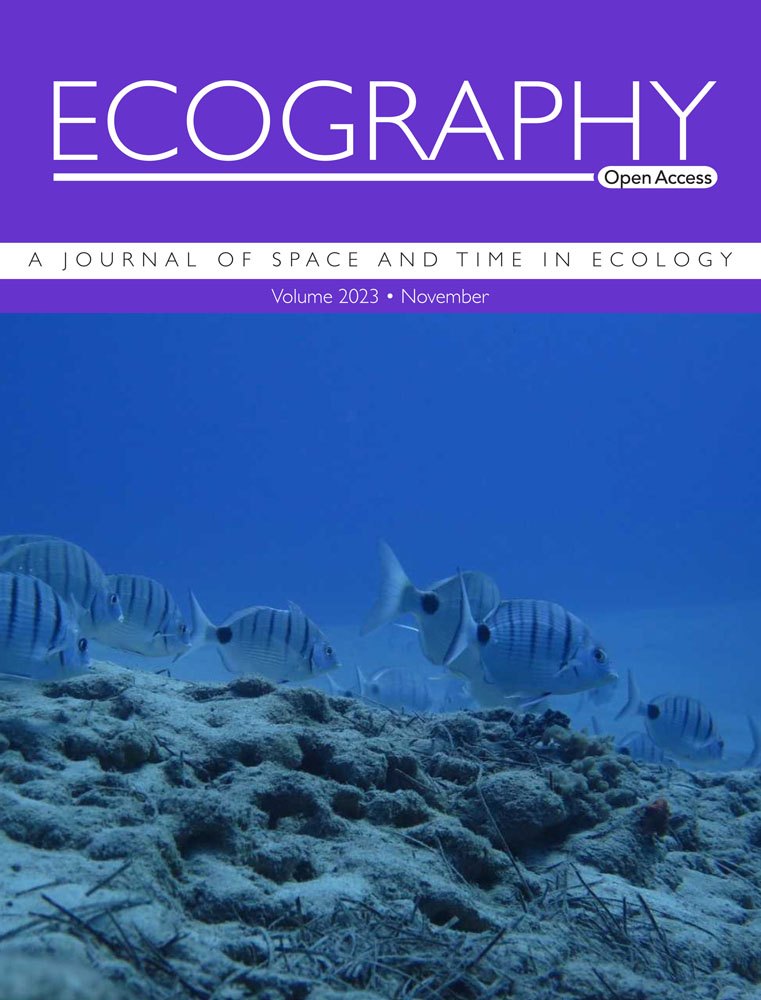向更好的无脊椎动物保护风险评估迈进
IF 5.4
1区 环境科学与生态学
Q1 BIODIVERSITY CONSERVATION
引用次数: 0
摘要
全球变化威胁着大量的物种,它们的数量严重下降,甚至灭绝。一种生物的威胁状态通常是根据地理范围、种群规模或其中任何一种的下降来确定的。然而,在评估灭绝风险的全球框架中,构成动物多样性大部分的无脊椎动物明显缺席。许多无脊椎动物很难研究,目前的风险评估是否适用于大多数这些生物一直受到质疑。由于大多数无脊椎动物是罕见的,我们认为缺乏这些生物的数据使目前的标准难以适用。利用迄今为止最大的陆生节肢动物调查之一的经验证据,包括从超过一百万小时的调查工作中收集的超过33,000个物种,我们证明了基于低样本量的趋势估计与主要的不确定性和IUCN定义的标准错误分类的风险相关。我们认为,即使是最雄心勃勃的监测工作也不太可能产生足够的观测结果来可靠地估计一小部分物种的种群规模和范围,并且在使用物种水平趋势评估全球大多数生物多样性的风险时可能存在很大的不确定性。作为回应,我们讨论了在对这些生物进行风险评估时,关注我们目前可以测量的指标的必要性。我们强调了现代统计方法,这些方法可以将珍稀无脊椎动物的观察结果量化到全球保护框架中,并建议如何调整当前的标准以满足大多数全球生物多样性的需求。本文章由计算机程序翻译,如有差异,请以英文原文为准。
Moving towards better risk assessment for invertebrate conservation
Global change threatens a vast number of species with severe population declines or even extinction. The threat status of an organism is often designated based on geographic range, population size, or declines in either. However, invertebrates, which comprise the bulk of animal diversity, are conspicuously absent from global frameworks that assess extinction risk. Many invertebrates are hard to study, and it has been questioned whether current risk assessments are appropriate for the majority of these organisms. As the majority of invertebrates are rare, we contend that the lack of data for these organisms makes current criteria hard to apply. Using empirical evidence from one of the largest terrestrial arthropod surveys to date, consisting of over 33 000 species collected from over a million hours of survey effort, we demonstrate that estimates of trends based on low sample sizes are associated with major uncertainty and a risk of misclassification under criteria defined by the IUCN. We argue that even the most ambitious monitoring efforts are unlikely to produce enough observations to reliably estimate population sizes and ranges for more than a fraction of species, and there is likely to be substantial uncertainty in assessing risk for the majority of global biodiversity using species-level trends. In response, we discuss the need to focus on metrics we can currently measure when conducting risk assessments for these organisms. We highlight modern statistical methods that allow quantification of metrics that could incorporate observations of rare invertebrates into global conservation frameworks, and suggest how current criteria might be adapted to meet the needs of the majority of global biodiversity.
求助全文
通过发布文献求助,成功后即可免费获取论文全文。
去求助
来源期刊

Ecography
环境科学-生态学
CiteScore
11.60
自引率
3.40%
发文量
122
审稿时长
8-16 weeks
期刊介绍:
ECOGRAPHY publishes exciting, novel, and important articles that significantly advance understanding of ecological or biodiversity patterns in space or time. Papers focusing on conservation or restoration are welcomed, provided they are anchored in ecological theory and convey a general message that goes beyond a single case study. We encourage papers that seek advancing the field through the development and testing of theory or methodology, or by proposing new tools for analysis or interpretation of ecological phenomena. Manuscripts are expected to address general principles in ecology, though they may do so using a specific model system if they adequately frame the problem relative to a generalized ecological question or problem.
Purely descriptive papers are considered only if breaking new ground and/or describing patterns seldom explored. Studies focused on a single species or single location are generally discouraged unless they make a significant contribution to advancing general theory or understanding of biodiversity patterns and processes. Manuscripts merely confirming or marginally extending results of previous work are unlikely to be considered in Ecography.
Papers are judged by virtue of their originality, appeal to general interest, and their contribution to new developments in studies of spatial and temporal ecological patterns. There are no biases with regard to taxon, biome, or biogeographical area.
 求助内容:
求助内容: 应助结果提醒方式:
应助结果提醒方式:


